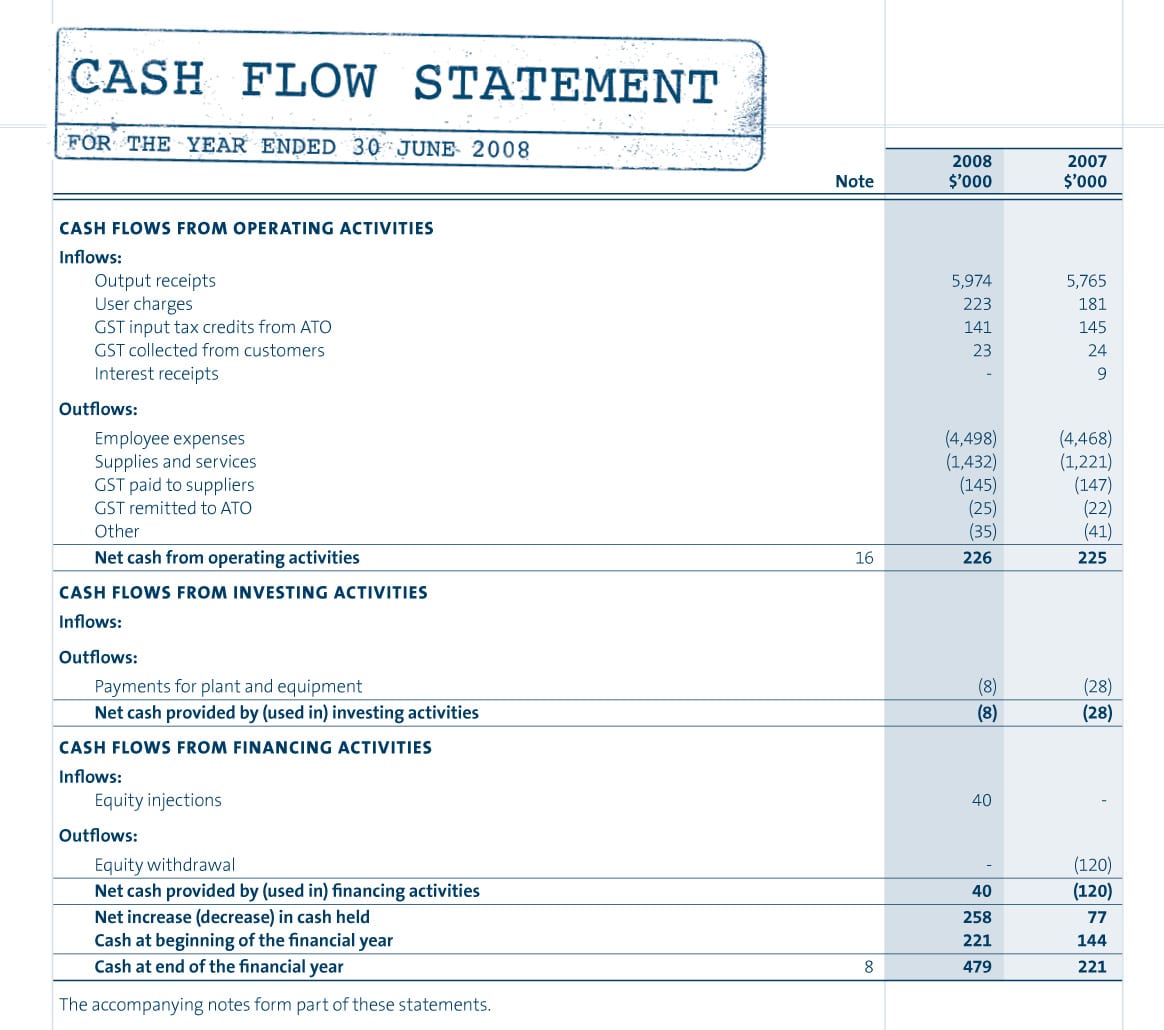
I firmly believe that by enhancing a banker’s understanding of their customer’s’ business, they can provide superior service. This superior service, in turn, leads to stronger relationships for my fuel tax the bank, improved performance for the businesses, and better experiences for our communities. Payment of CPTLD is mandatory according to the loan agreement the company signed with its lender.
- To illustrate how businesses record long-term debts, imagine a business takes out a $100,000 loan, payable over a five-year period.
- A company can keep its long-term debt from ever being classified as a current liability by periodically rolling forward the debt into instruments with longer maturity dates and balloon payments.
- Companies that have a large quantity of fixed assets and long-term debt—and therefore a large CPLTD—often appear to be tight on working capital, sometimes even reporting a negative working capital.
- The current portion of long-term debt (CPLTD) is the amount of unpaid principal from long-term debt that has accrued in a company’s normal operating cycle (typically less than 12 months).
Current portion of long-term debt (CPLTD)
In the balance sheet, $200,000 will be classified as the current portion of long-term debt, and the remaining $800,000 as long-term debt. The Current Portion of Long Term Debt (CPLTD) refers to the section of a company’s long-term debt that is due within the next year. It is distinguished from long-term debt as it is due within a shorter time frame and may have different handling in terms of financial statements. The current portion of this long term debt is the amount of principal which would be repaid in one year from the balance sheet date (i.e the amount which will be repaid in year 2). Looking at the debt amortization schedule the balance of the long term debt at the end of year 2 is 1,765 and the reduction in the principal balance over the year from the balance sheet date is 1,664 (3,429 – 1,765).
Useful resources
Essentially, it is the portion of long-term debt that the company needs to pay off in the next 12 months. Debt is any amount of money one party, known as the debtor, borrows from another party, or the creditor. Individuals and companies borrow money because they usually don’t have the capital they need to fund their purchases or operations on their own. In this article, we look at what short/current long-term debt is and how it’s reported on a company’s balance sheet.
Additional Resources
Essentially, CPLTD aids in providing additional transparency in the financial health evaluation of a company. In the notes to the financial statements the net amount of long term debt shown in the balance sheet would be explained as follows. Any debt due to be paid off at some point after the next 12 months is held in the long-term debt account. Because of the structure of some corporate debt—both bonds and notes—companies often have to pay back part of the principal to debt holders over the life of the debt.
This information is typically disclosed in a company’s balance sheet under current liabilities. CPLTD is a crucial indicator of a company’s liquidity and financial health. Having a large ratio of CPLTD to cash or revenue may indicate that a company is not well-positioned to pay off its short-term liabilities, which can be a financial risk. The Current Portion of Long-Term Debt (CPLTD) refers to the section of a company’s long-term debt that is due within the next year.
This is not to be confused with current debt, which is debt with a maturity of less than one year. Some firms will consolidate the two amounts into a generic current debt line item on the balance sheet. However, this move had a negative impact on its share price performance because the company saw its share price falling more than 15% last month. In fact, this was the second announcement regarding its debt restructuring plan as the company was not able to please the creditors as per its earlier given date of December 30, 2016. This time the company has pushed the deadline to the end of April 2017.
The current portion of long-term debt is a amount of principal that will be due for payment within one year of the balance sheet date. A sample presentation of this line item appears in the following balance sheet exhibit. Long-term debt refers to any financial obligations that are due over a period longer than one year. On the other hand, the CPLTD is the portion of these obligations that is due within the next year. Hence, while CPLTD is part of long-term debt, they are categorized and treated differently in financial books. Yes, a company can reduce or eliminate its CPLTD by refinancing their long-term debt or paying off a portion of the debt before it becomes due.
The purpose of CPLTD is to segregate and distinguish the portion of a company’s long-term debt that is due within the upcoming year. It reflects the financial obligations that a firm is liable to honor over the next twelve months. Current Portion of Long-Term Debt (CPLTD) is the long term portion of the debt of the company which is payable within the period of next one year from the date of the balance sheet.
The construction company has a current portion of long-term debt of $15,815 (assuming it has no other debt). SETTING THE STAGE FOR CHANGEDiscussion of these alternate approaches to assessing working capital is somewhat academic at this time because CPFA is not presently calculated and reported. In different cases, long-term debts may automatically change over completely to CPLTD.

There is no impact on valuation arising from how the debt is categorized. This can be anywhere from two years, to five years, ten years, or even thirty years. The current portion of long-term debt is the amount of principal and interest of the total debt that is due to be paid within one year’s time. Credit rating agencies scrutinize it to assess the short-term liquidity of the firm, and therefore, it has an influence on the borrowing costs of the company. For investors and shareholders, it provides a lens to view the immediate liabilities that a company needs to pay off, which is a significant consideration in investment decisions.

